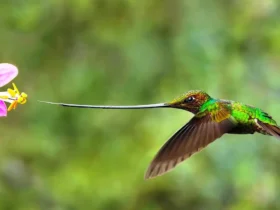Kingfishers are a fascinating group of birds known for their striking appearance and remarkable hunting skills. They belong to the family Alcedinidae, which includes over 90 species found across various parts of the world. Here is some information about kingfishers:
Physical Characteristics: Kingfishers generally have a stocky body with short legs and a large head. They have strong bills that are pointed and sharp, ideal for catching and consuming their prey. Most species have bright and vibrant plumage, often featuring shades of blue, green, and orange. The bright colors serve as important visual signals for communication and courtship displays.
Habitat and Distribution: Kingfishers are found in a wide range of habitats, including freshwater lakes, rivers, ponds, estuaries, mangroves, and coastal areas. They are distributed across various continents, with species found in Africa, Asia, Europe, Australia, and the Americas. Different species have adapted to specific environments, and some are migratory, while others are sedentary.
Diet and Hunting: As the name suggests, kingfishers are skilled fish hunters. They are well adapted for catching fish, which constitute a significant portion of their diet. When hunting, kingfishers perch on branches or other structures near the water’s edge and intently observe the water for potential prey. Once they spot a fish, they dive into the water headfirst with incredible speed and precision to catch it. They have specialized eyes with a prism that enables them to see clearly underwater, aiding in accurate hunting.
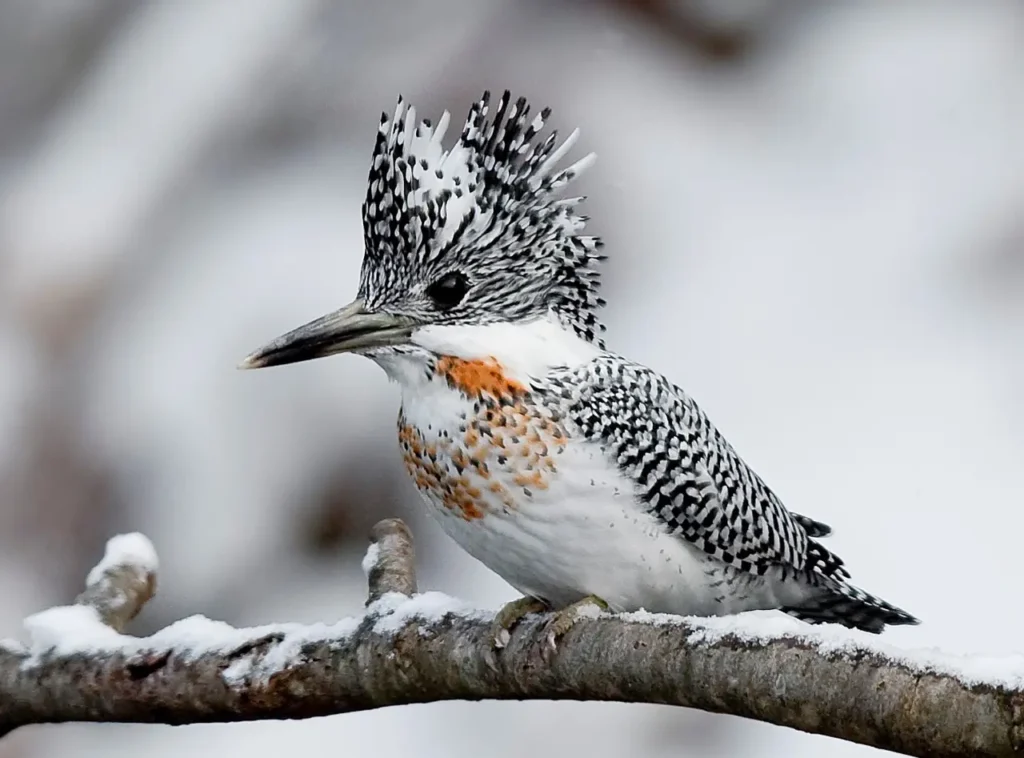
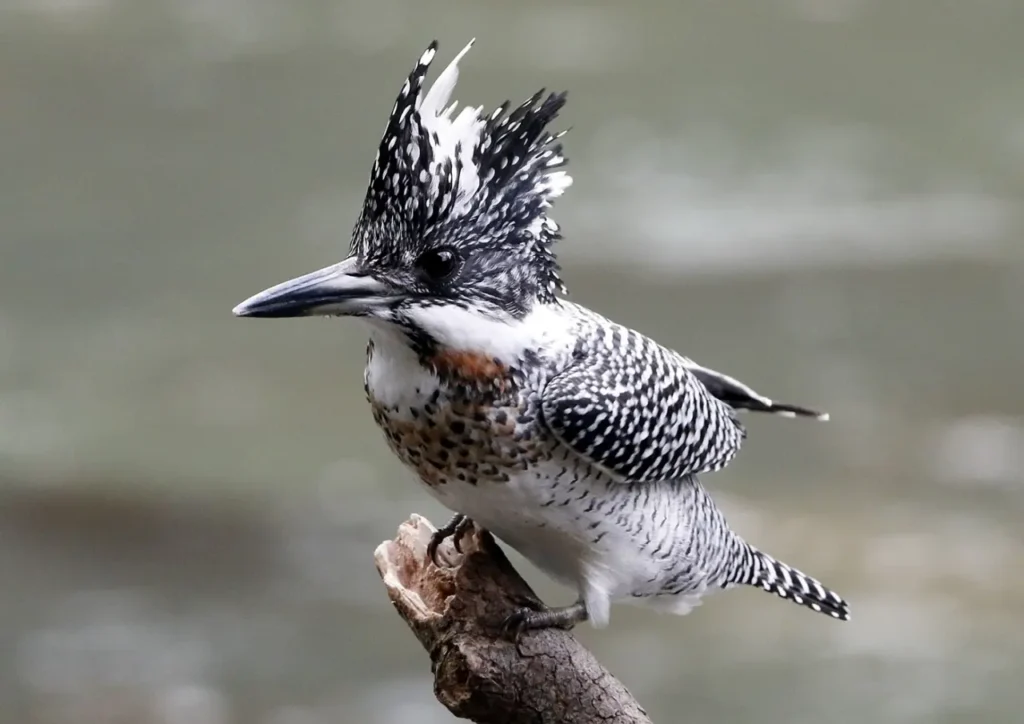
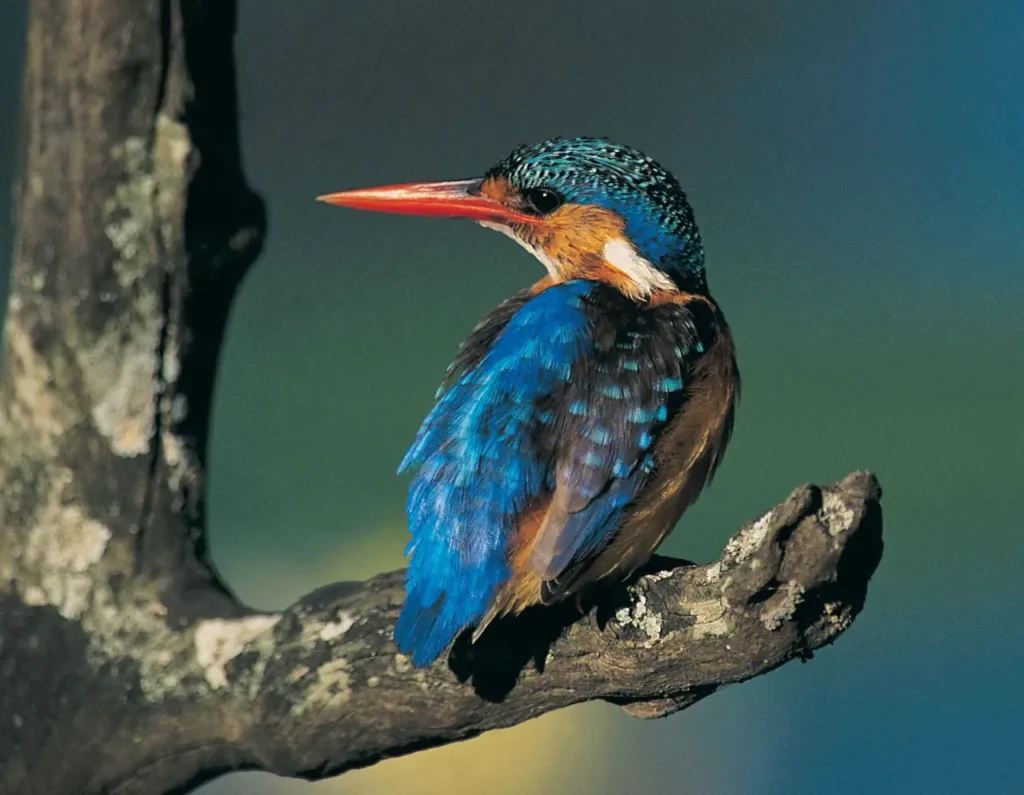
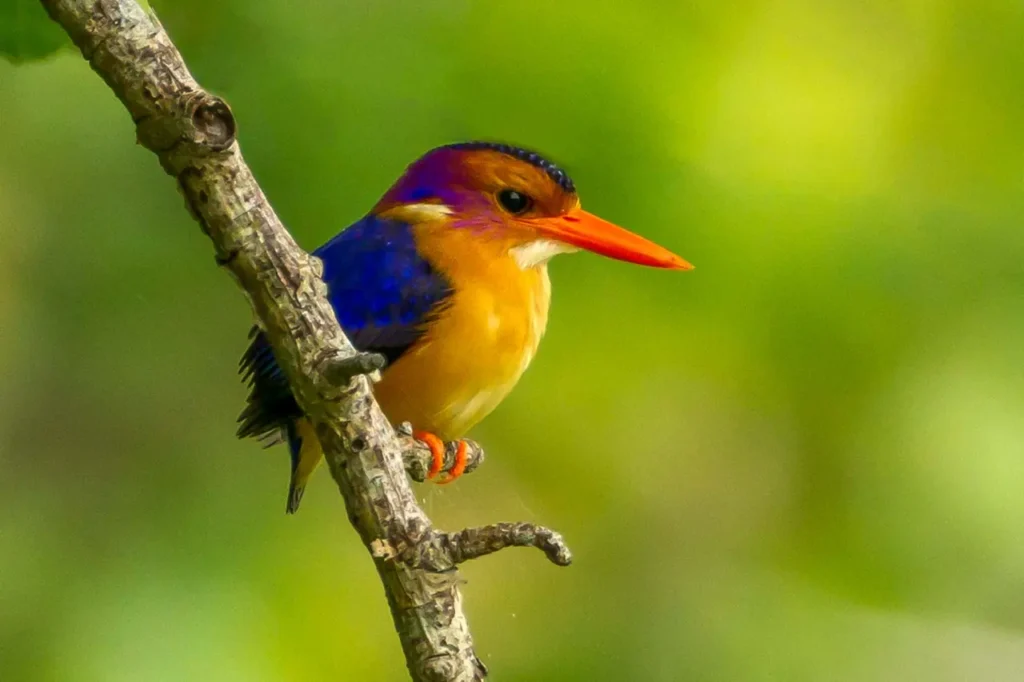
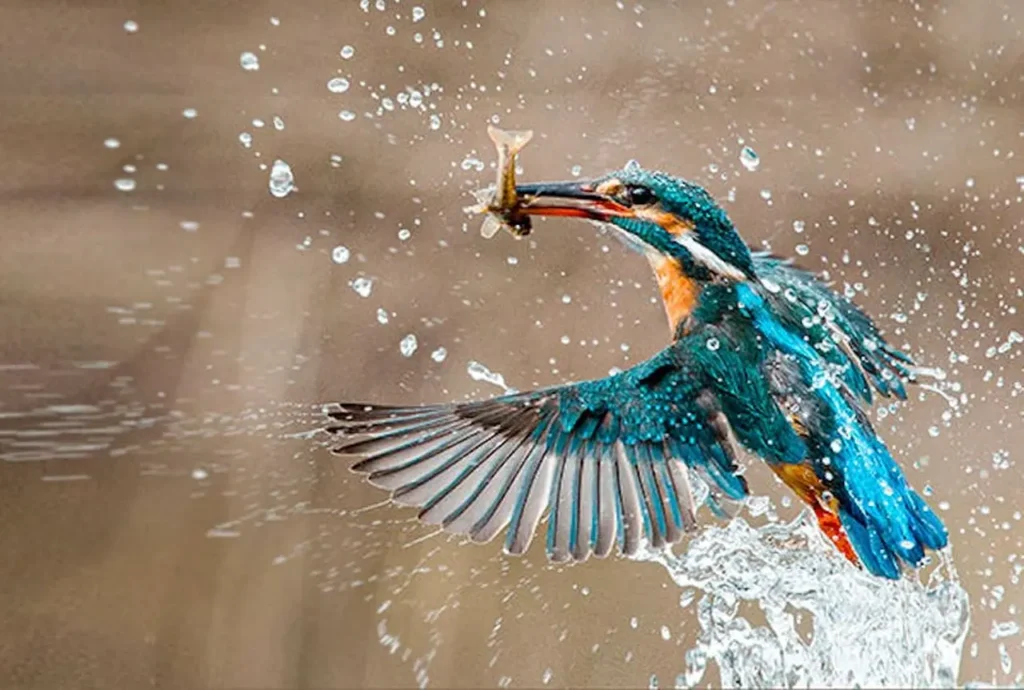
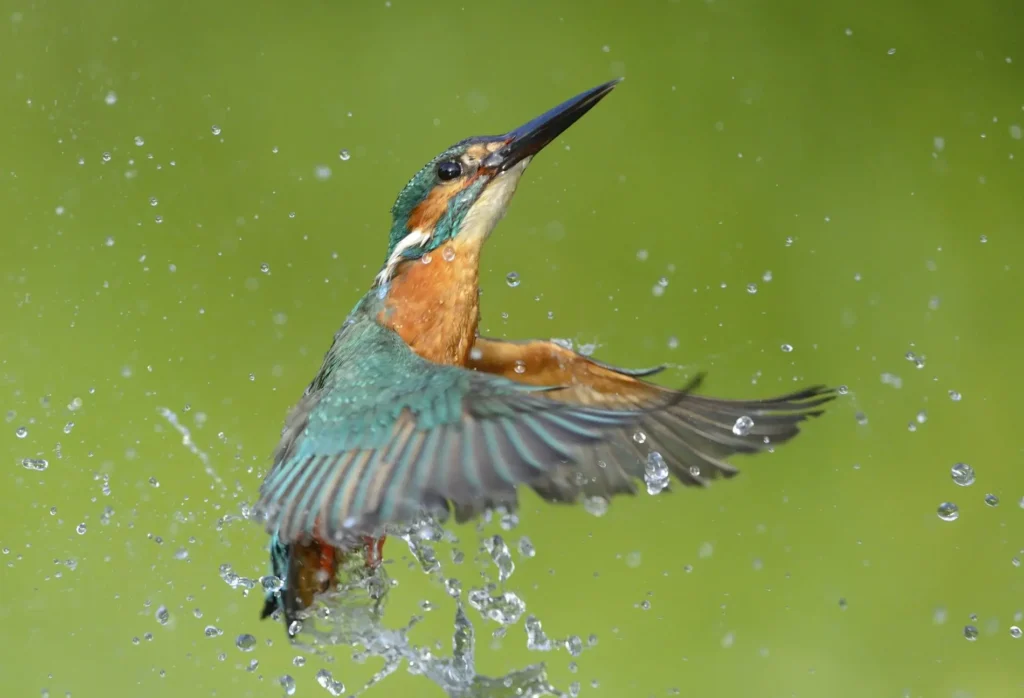
In addition to fish, kingfishers also consume a variety of other aquatic creatures, such as crustaceans, amphibians, insects, and even small reptiles and birds. Some species have adapted to hunting in other types of environments and may feed on terrestrial insects or other small prey.
Breeding and Nesting: Kingfishers are generally monogamous and form pairs during the breeding season. They construct nests in burrows along riverbanks or in earthen banks near water bodies. The nest is often dug by both the male and female using their bills and feet. The female lays a clutch of eggs, and both parents take turns incubating the eggs and caring for the chicks. After hatching, the parents regurgitate food to feed the young until they are old enough to leave the nest.
Conservation: While many species of kingfishers are not currently considered threatened, some are facing challenges due to habitat destruction, pollution, and human disturbance. In areas with suitable habitats, efforts to protect riparian zones, wetlands, and other critical environments can be vital for ensuring the survival of kingfisher populations.
These are just a few examples of the numerous species of kingfishers found around the world. Each species has its own unique characteristics, distribution, and appearance, but all share the common trait of being skilled hunters and divers. Some well-known species of kingfishers include the Common Kingfisher (Alcedo atthis) found in Europe and Asia, the Belted Kingfisher (Megaceryle alcyon) in North America, the Pied Kingfisher (Ceryle rudis) in Africa and Asia, and the Laughing Kookaburra (Dacelo novaeguineae) in Australia.
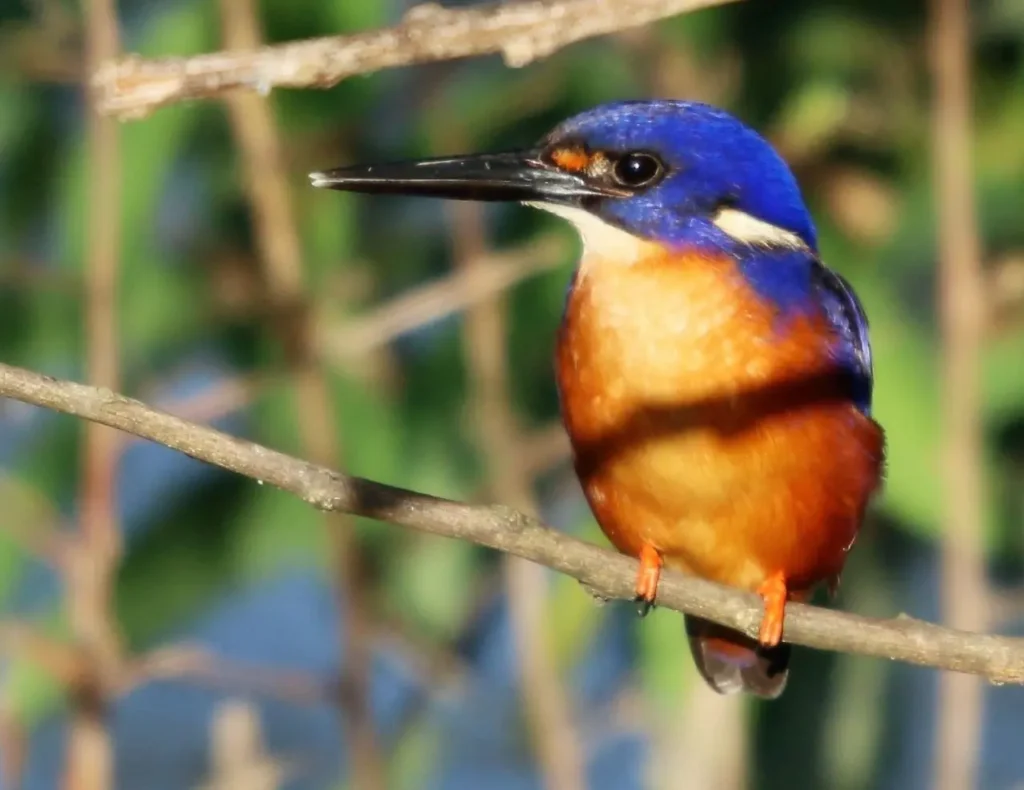
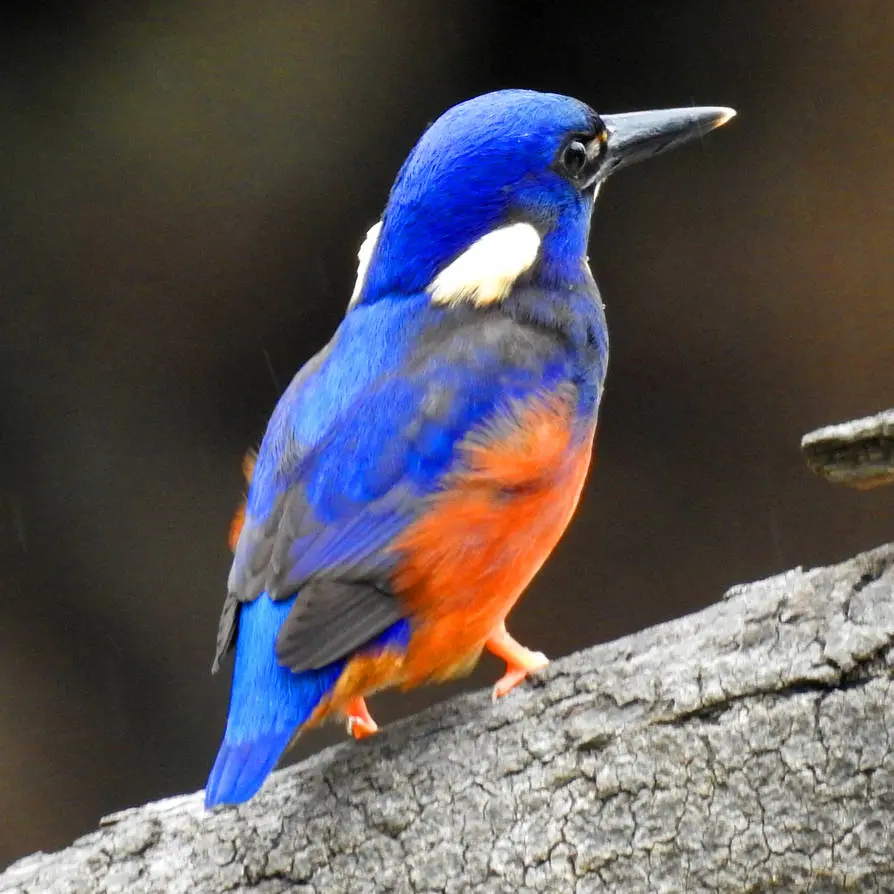
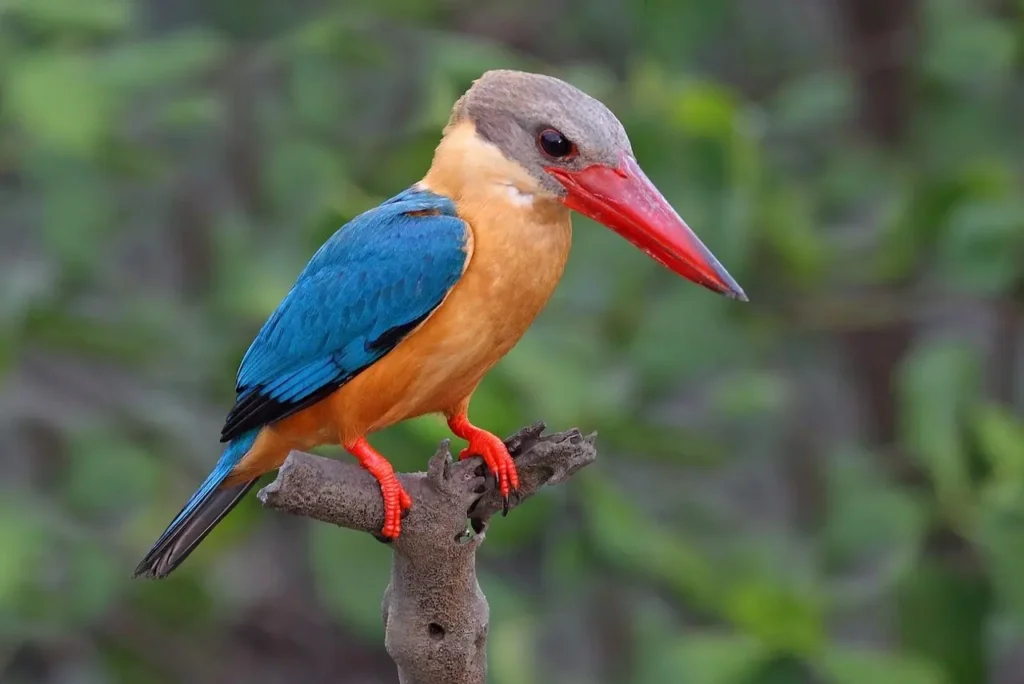
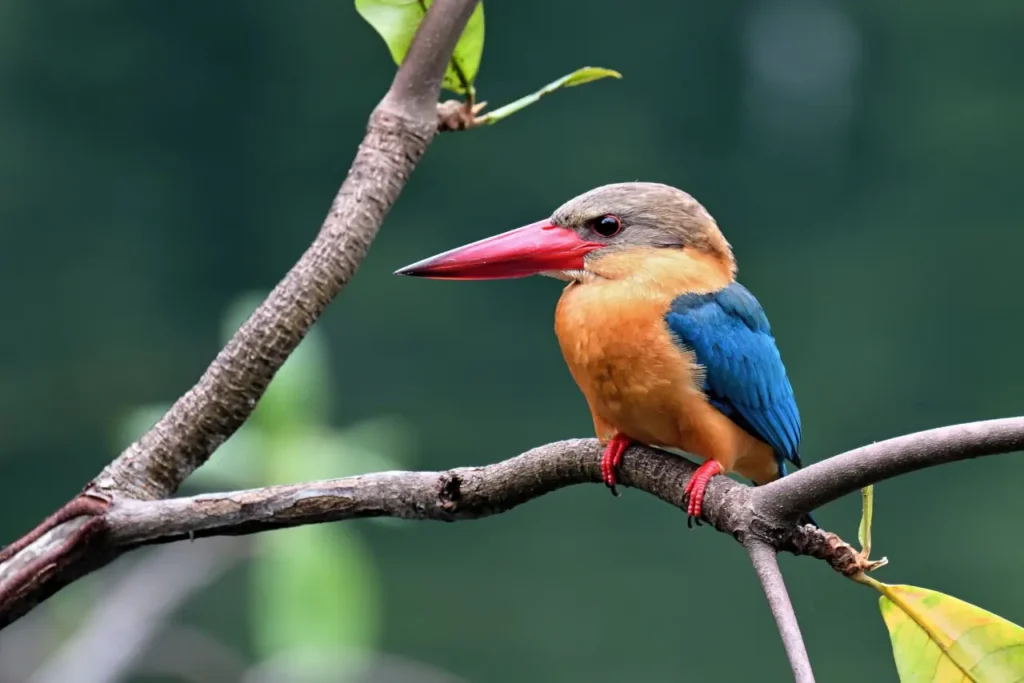
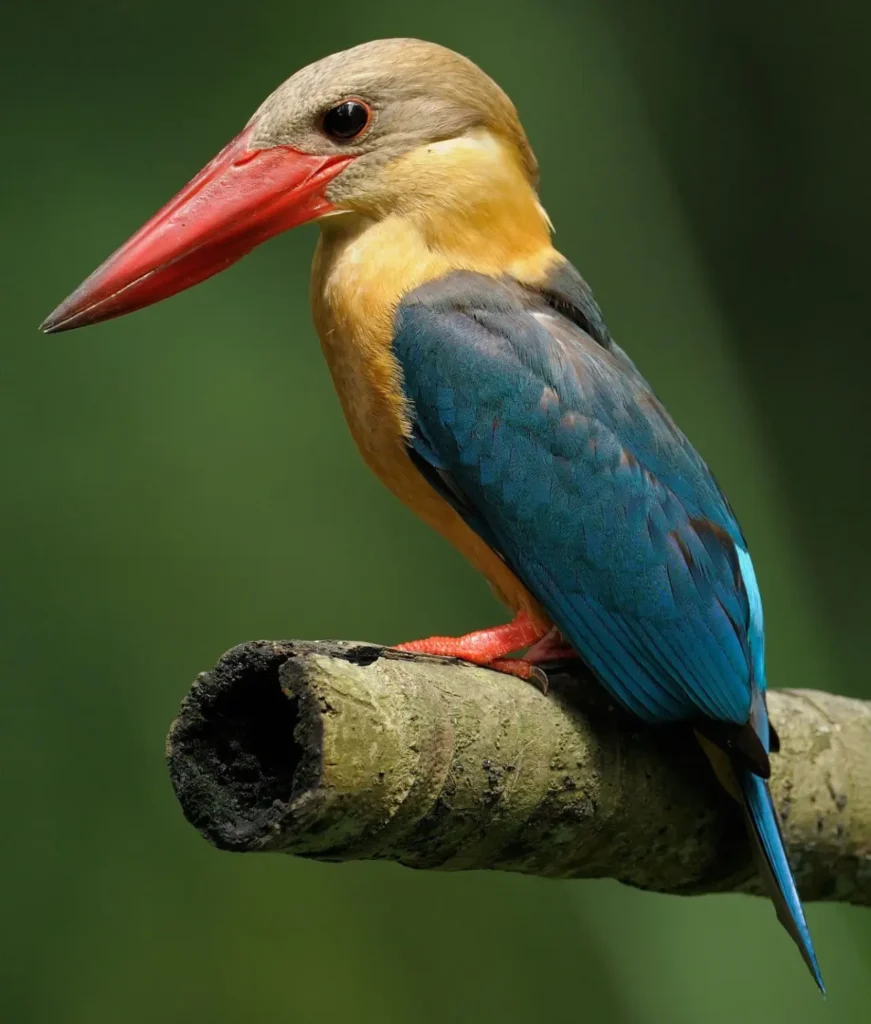
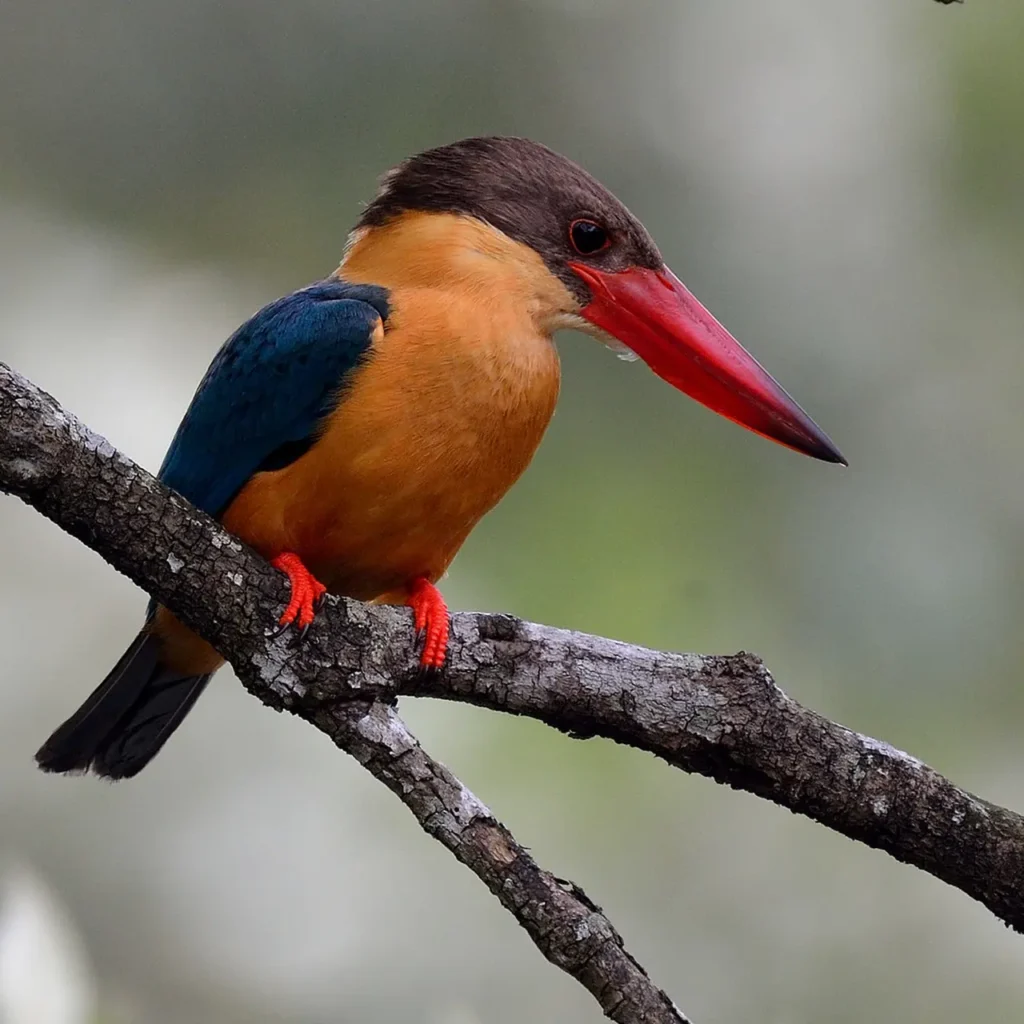
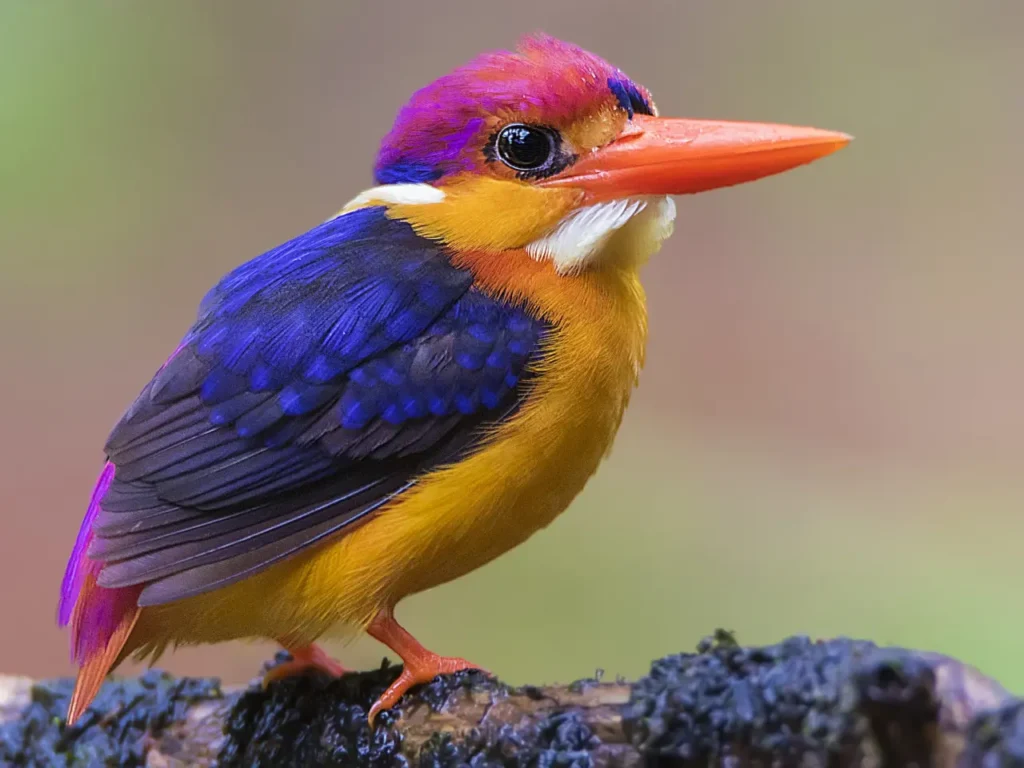
Kingfishers are not only remarkable hunters but also captivating birds to observe. Their vibrant colors and agile hunting techniques make them popular subjects for birdwatchers and wildlife enthusiasts worldwide.
Types of Kingfisher
Kingfishers are a diverse group of birds known for their vibrant colors and remarkable fishing abilities. Here is a list of some notable species of kingfishers:
- Common Kingfisher (Alcedo atthis): Found in Europe, Asia, and North Africa, the Common Kingfisher is known for its striking blue and orange plumage. It is a small but charismatic species.
- Belted Kingfisher (Megaceryle alcyon): Native to North America, the Belted Kingfisher is a robust bird with a blue-gray body, a shaggy crest, and a distinctive white collar. It is known for its rattling call and diving fishing technique.
- Pied Kingfisher (Ceryle rudis): Found in Africa, the Middle East, and South Asia, the Pied Kingfisher is a striking bird with a black-and-white plumage. It is known for its hovering behavior before diving into the water to catch fish.
- Laughing Kookaburra (Dacelo novaeguineae): Native to Australia, the Laughing Kookaburra is a large kingfisher with a distinctive call that sounds like laughter. It has a brown and white plumage with a sturdy beak.
- Sacred Kingfisher (Todiramphus sanctus): Found in Australia, New Zealand, and parts of the Pacific Islands, the Sacred Kingfisher has a bright blue head and back, a white underbelly, and a red bill. It is associated with sacredness and cultural significance in some Indigenous cultures.
- Stork-billed Kingfisher (Pelargopsis capensis): Native to South and Southeast Asia, the Stork-billed Kingfisher is a large species with a colorful plumage. It has a bright blue back, a red bill, and a distinctively large and curved beak.
- Collared Kingfisher (Todiramphus chloris): Found in Asia, Australia, and the Pacific Islands, the Collared Kingfisher has a blue head and back, a white underbelly, and a black collar across its throat. It is known for its loud and piercing calls.
- Malachite Kingfisher (Corythornis cristatus): Native to sub-Saharan Africa, the Malachite Kingfisher is a small and vibrant species with bright blue and green feathers. It is known for its exceptional hunting skills.
- Amazon Kingfisher (Chloroceryle amazona): Found in Central and South America, the Amazon Kingfisher is a large and colorful bird with a blue back, a rufous chest, and a prominent shaggy crest.
- White-throated Kingfisher (Halcyon smyrnensis): Found in parts of Asia and Europe, the White-throated Kingfisher has a vibrant blue back, a chestnut head, and a distinctive white throat. It is known for its loud calls and is commonly seen perched on wires or branches near water bodies.
- Green Kingfisher (Chloroceryle americana): Native to the Americas, from the southern United States to Central and South America, the Green Kingfisher has a greenish-blue back, a white underbelly, and a red bill. It is often found perched near streams and rivers.
- Woodland Kingfisher (Halcyon senegalensis): Found in sub-Saharan Africa, the Woodland Kingfisher has a bright blue back, a white belly, and a red bill. It is known for its distinctive trilling call and is often seen perched on exposed branches.
- Blue-eared Kingfisher (Alcedo meninting): Native to Southeast Asia, the Blue-eared Kingfisher has a vibrant blue back, a white underbelly, and a blue ear patch. It is known for its swift dives into water to catch fish.
- Crested Kingfisher (Megaceryle lugubris): Found in parts of East Asia, including Japan and China, the Crested Kingfisher is a large species with a blue-gray back, a white underbelly, and a prominent shaggy crest. It is known for its distinctive calls and powerful fishing dives.
- Azure Kingfisher (Ceyx azureus): Native to Australia, New Guinea, and parts of Indonesia, the Azure Kingfisher has a vibrant blue back, a white underbelly, and orange legs. It is known for its fast and direct flight and is often found near rivers and streams.
- Collared Kingfisher (Todiramphus chloris): Found in parts of Asia, Australia, and the Pacific Islands, the Collared Kingfisher has a blue head and back, a white underbelly, and a black collar across its throat. It is known for its loud and piercing calls.
- Black-backed Kingfisher (Ceyx erithacus): Native to parts of Southeast Asia, including Malaysia and Indonesia, the Black-backed Kingfisher has a bright blue back, a rufous underbelly, and a black cap. It is known for its distinctive vocalizations.
- Blue-winged Kookaburra (Dacelo leachii): Native to northern Australia and southern New Guinea, the Blue-winged Kookaburra has a blue upper body, a white underbelly, and distinctive blue wings. It has a loud and raucous call.
- Forest Kingfisher (Todiramphus macleayii): Found in parts of Australia, New Guinea, and nearby islands, the Forest Kingfisher has a turquoise-blue back, a white underbelly, and a bold white stripe above the eye.
- Mangrove Kingfisher (Halcyon senegaloides): Native to coastal regions of Southeast Asia and northern Australia, the Mangrove Kingfisher has a bright blue back, a white underbelly, and a distinct red bill.
- Ruddy Kingfisher (Halcyon coromanda): Found in parts of East Asia and Southeast Asia, the Ruddy Kingfisher has a rich chestnut-brown body, a blue patch on the wings, and a red bill. It inhabits dense forests and is known for its melodious calls.
- Shining Blue Kingfisher (Alcedo quadribrachys): Native to parts of Southeast Asia, including Thailand and Malaysia, the Shining Blue Kingfisher has a vibrant blue back, a white underbelly, and a dark blue cap. It is found near streams and rivers in forested areas.
- Chocolate-backed Kingfisher (Halcyon badia): Found in parts of Southeast Asia and the Philippines, the Chocolate-backed Kingfisher has a rich chocolate-brown back, a white underbelly, and a bright blue crown.
- Crested Kingfisher (Actenoides princeps): Native to Indonesia, the Crested Kingfisher has a blue-gray back, a white underbelly, and a distinctive crest on its head. It is found in forested habitats near water.
- Banded Kingfisher (Lacedo pulchella): Found in parts of Southeast Asia, including Malaysia and Borneo, the Banded Kingfisher has a blue-gray back, a white underbelly, and a bold black band across its chest.
- White-throated Kingfisher (Halcyon smyrnensis): Found in parts of Asia and Europe, the White-throated Kingfisher has a vibrant blue back, a chestnut head, and a distinctive white throat. It is known for its loud calls and can be found near water bodies.
- Brown-headed Kingfisher (Halcyon albiventris): Native to parts of sub-Saharan Africa, the Brown-headed Kingfisher has a brown head, a turquoise-blue back, and a white underbelly. It is often seen perched near water, where it feeds on insects and small vertebrates.
- Blue-breasted Kingfisher (Halcyon malimbica): Found in parts of sub-Saharan Africa, the Blue-breasted Kingfisher has a blue head, a bright blue breast, and a brownish back. It is known for its distinct calls and can be found near rivers and forested areas.
- Blyth’s Kingfisher (Alcedo hercules): Native to parts of Southeast Asia, including Myanmar, Thailand, and Cambodia, Blyth’s Kingfisher has a vibrant blue back, a rusty-red underbelly, and a long, pointed bill. It frequents forested areas near water.
- Lilac Kingfisher (Cittura cyanotis): Found in parts of Southeast Asia, including Malaysia and Borneo, the Lilac Kingfisher has a lilac-colored head, a bright blue back, and a white underbelly. It is known for its rapid flight and can be found near streams and rivers.
- Ruddy Kingfisher (Halcyon coromanda): Native to parts of East Asia and Southeast Asia, the Ruddy Kingfisher has a rich chestnut-brown body, a blue patch on the wings, and a red bill. It inhabits dense forests and is known for its melodious calls.
- Blue-banded Kingfisher (Alcedo euryzona): Found in parts of Southeast Asia, including Indonesia and Malaysia, the Blue-banded Kingfisher has a vibrant blue back, a white underbelly, and distinct blue bands across its chest and wings.
- Green-backed Kingfisher (Actenoides monachus): Native to the Philippines, the Green-backed Kingfisher has a green back, a bright blue crown, and a white underbelly. It is found in forested areas and is known for its distinctive calls.
- Crested Kingfisher (Megaceryle lugubris): Found in parts of Asia, including Japan, China, and the Indian subcontinent, the Crested Kingfisher is a large species with a blue-gray back, a white underbelly, and a prominent shaggy crest. It is known for its powerful fishing dives and distinctive calls.
- White-collared Kingfisher (Todiramphus chloris): Native to parts of Asia, Australia, and the Pacific Islands, the White-collared Kingfisher has a blue head and back, a white underbelly, and a prominent white collar across its throat. It is known for its loud calls and can be found near water bodies.
- Striped Kingfisher (Halcyon chelicuti): Found in sub-Saharan Africa, the Striped Kingfisher has a blue back with prominent black stripes, a white underbelly, and a black-and-white striped head. It is known for its distinctive calls and prefers open habitats.
- Malachite Kingfisher (Corythornis cristatus): Native to sub-Saharan Africa, the Malachite Kingfisher is a small species with a vibrant combination of bright blue and green feathers. It has a white underbelly and is often seen perched near water bodies, where it hunts for fish.
- Forest Kingfisher (Todiramphus macleayii): Found in parts of Australia, New Guinea, and nearby islands, the Forest Kingfisher has a turquoise-blue back, a white underbelly, and a bold white stripe above the eye. It is known for its melodious calls and can be found in a variety of habitats, including forests and woodlands.
- Collared Kingfisher (Todiramphus chloris): Found in parts of Asia, Australia, and the Pacific Islands, the Collared Kingfisher has a blue head and back, a white underbelly, and a black collar across its throat. It is known for its loud and piercing calls and is often seen perched near water bodies.
- Banded Kingfisher (Lacedo pulchella): Found in parts of Southeast Asia, including Malaysia and Borneo, the Banded Kingfisher has a blue-gray back, a white underbelly, and distinctive black bands across its chest and wings. It inhabits lowland rainforests and is known for its melodious calls.
- Azure Kingfisher (Ceyx azureus): Native to Australia, New Guinea, and parts of Indonesia, the Azure Kingfisher has a vibrant blue back, a white underbelly, and orange legs. It is typically found near streams, rivers, and other water bodies in forested habitats.
- Black-capped Kingfisher (Halcyon pileata): Found in parts of Southeast Asia, including India and Myanmar, the Black-capped Kingfisher has a blue-gray back, a rufous underbelly, and a black cap on its head. It is known for its striking appearance and distinct calls.
- Green-and-rufous Kingfisher (Chloroceryle inda): Native to parts of Central and South America, including Brazil and Ecuador, the Green-and-rufous Kingfisher has a green back, a rufous underbelly, and a bold white stripe above its eye. It is typically found near rivers and forested areas.
- Madagascar Kingfisher (Corythornis vintsioides): Endemic to Madagascar, the Madagascar Kingfisher has a bright blue back, a white underbelly, and a red bill. It is typically found in forested habitats and is known for its striking appearance.
- White-throated Bee-eater (Merops albicollis): Found in parts of sub-Saharan Africa, the White-throated Bee-eater is a colorful bird with a green back, a white throat, and a yellow underbelly. Although not a true kingfisher, it shares similar characteristics and is known for its insect-catching behavior.
- Malabar Pied Hornbill (Anthracoceros coronatus): Native to the Western Ghats of India, the Malabar Pied Hornbill is a large bird with a black-and-white plumage, a large casque on its bill, and a distinct call. Although not a true kingfisher, it shares similar habitats and prey preferences.
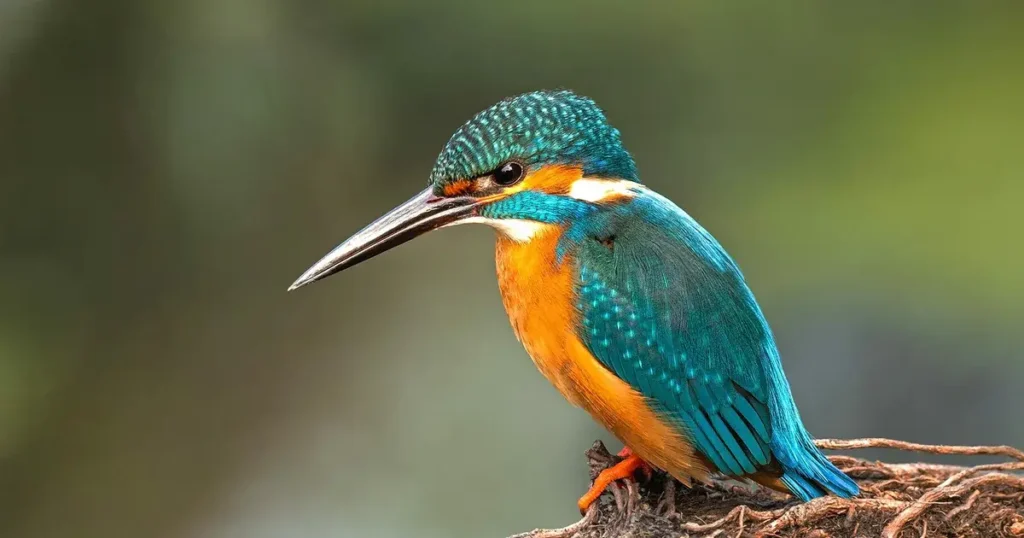
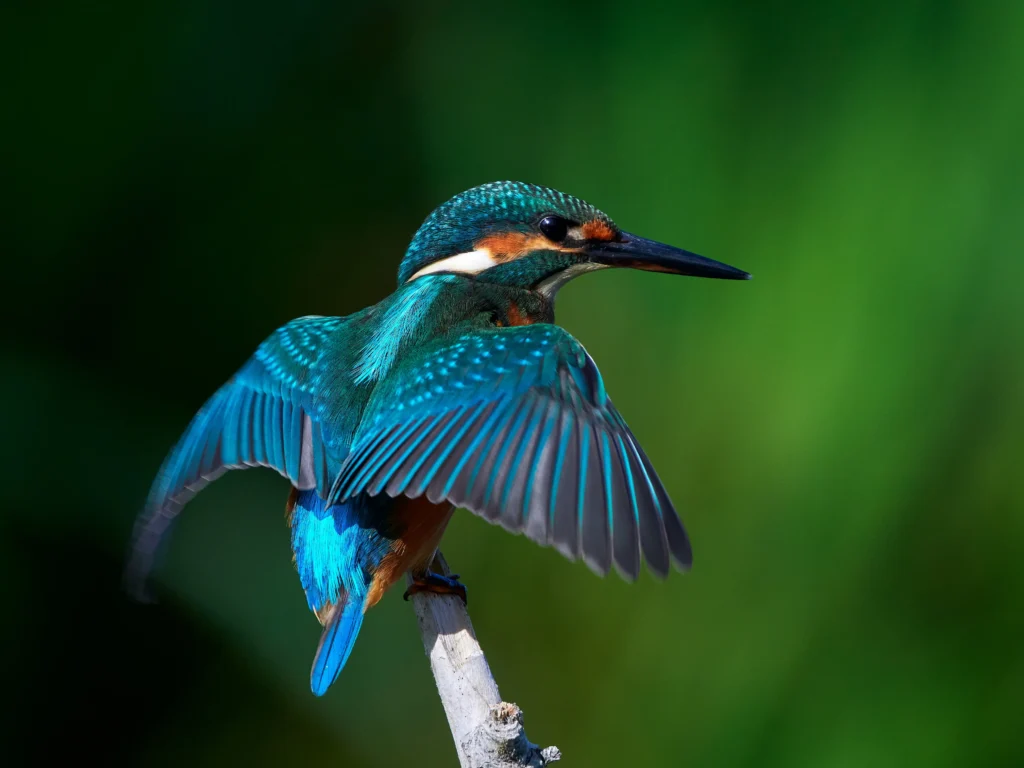
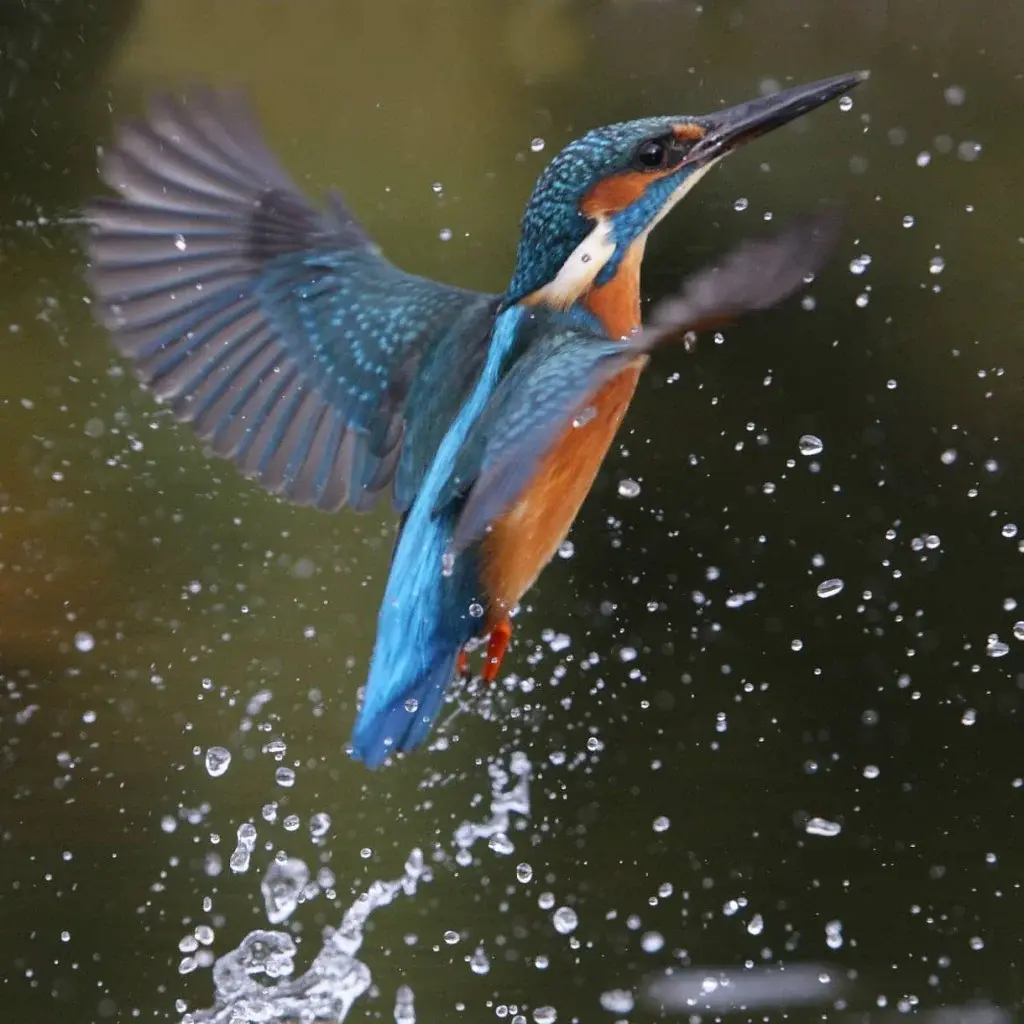
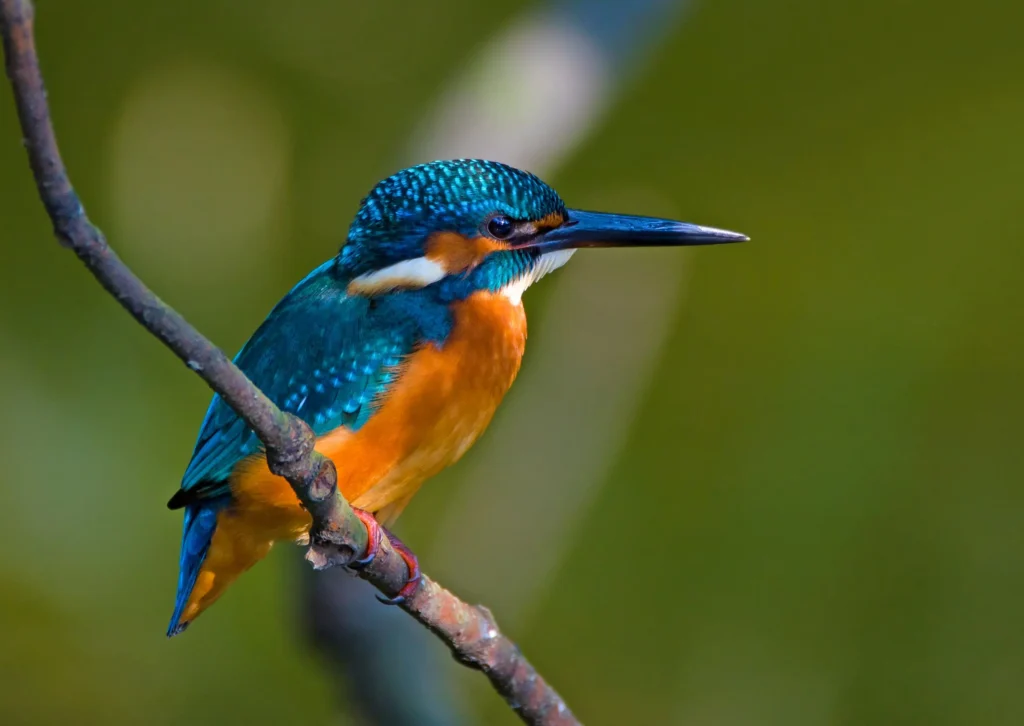
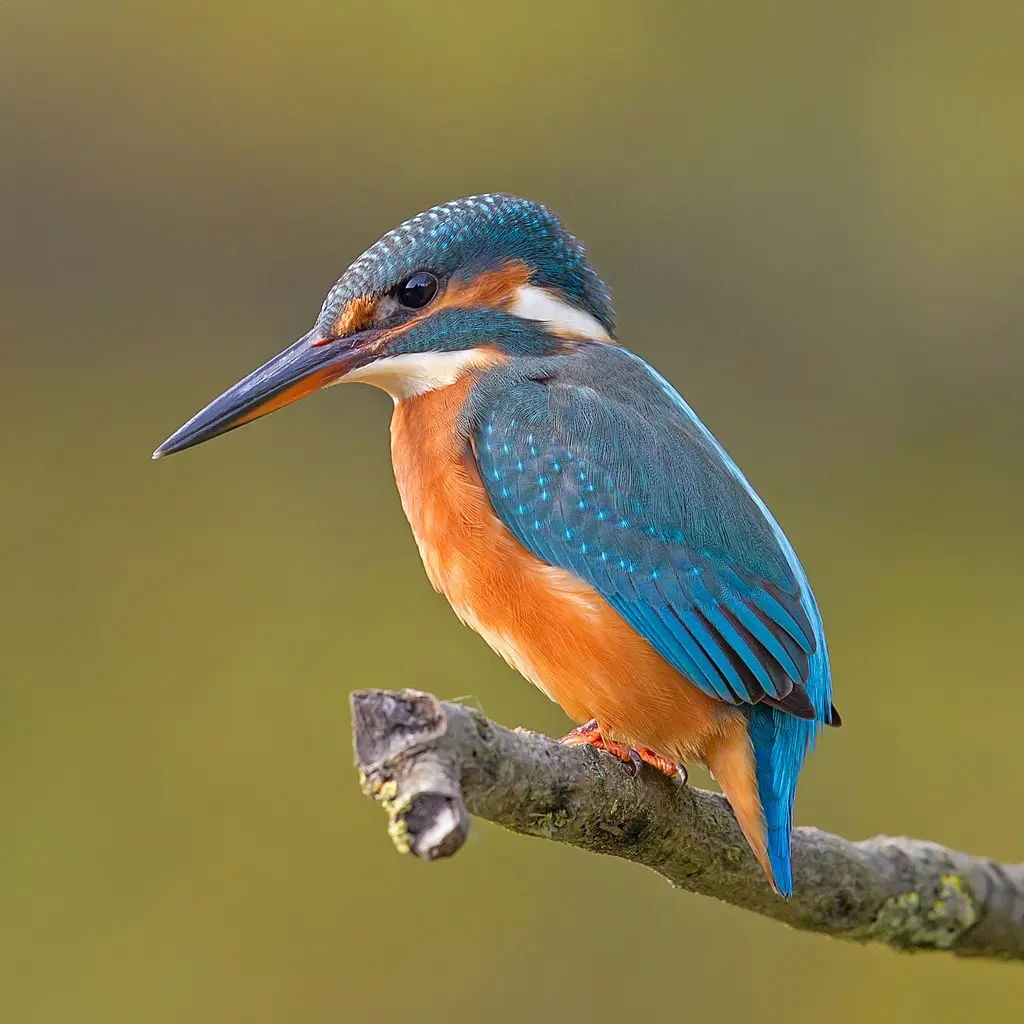
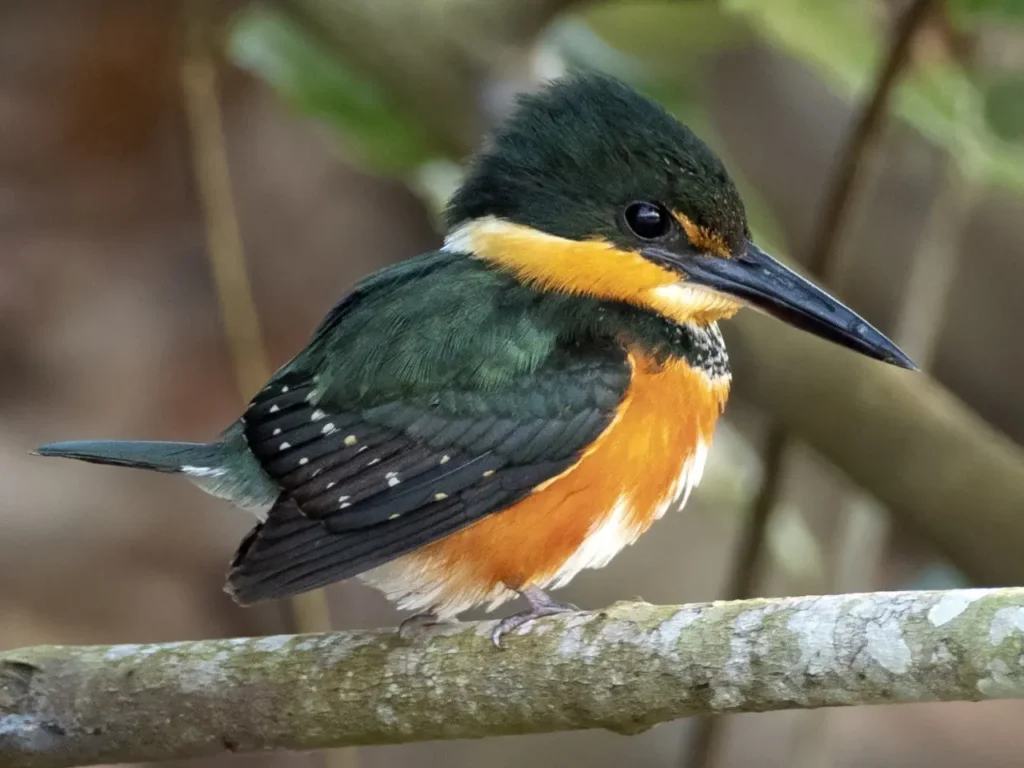
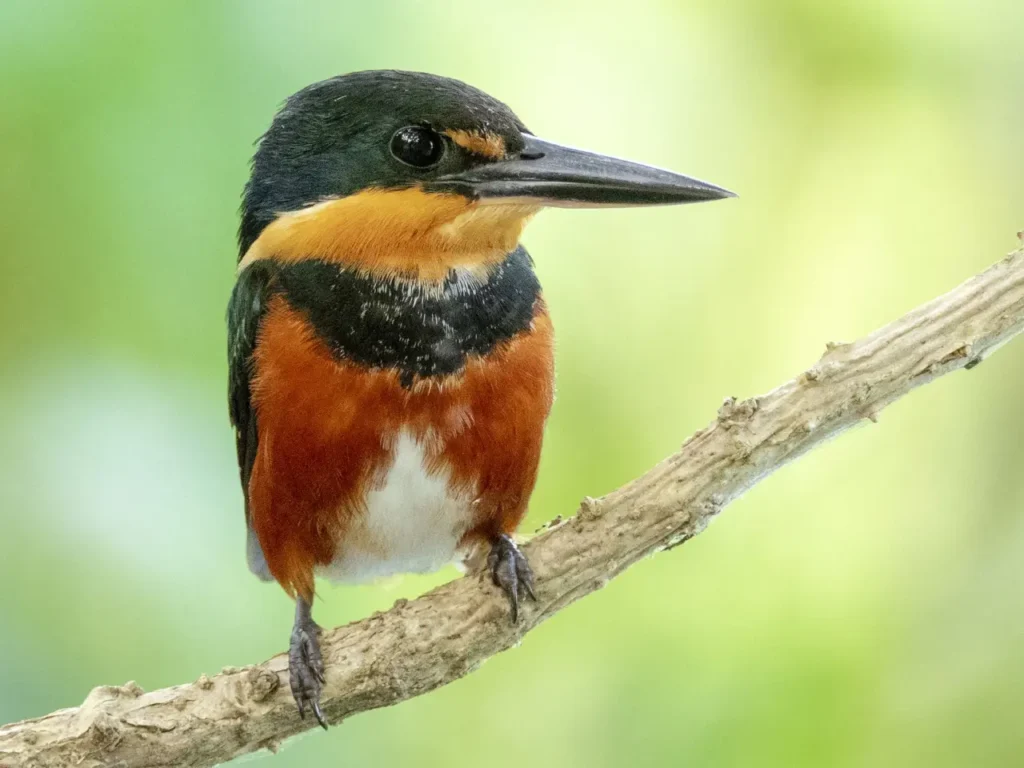

These are just a few examples of the numerous species of kingfishers found around the world. Each species has its own unique characteristics, distribution, and appearance, but all share the common trait of being skilled hunters and divers.
